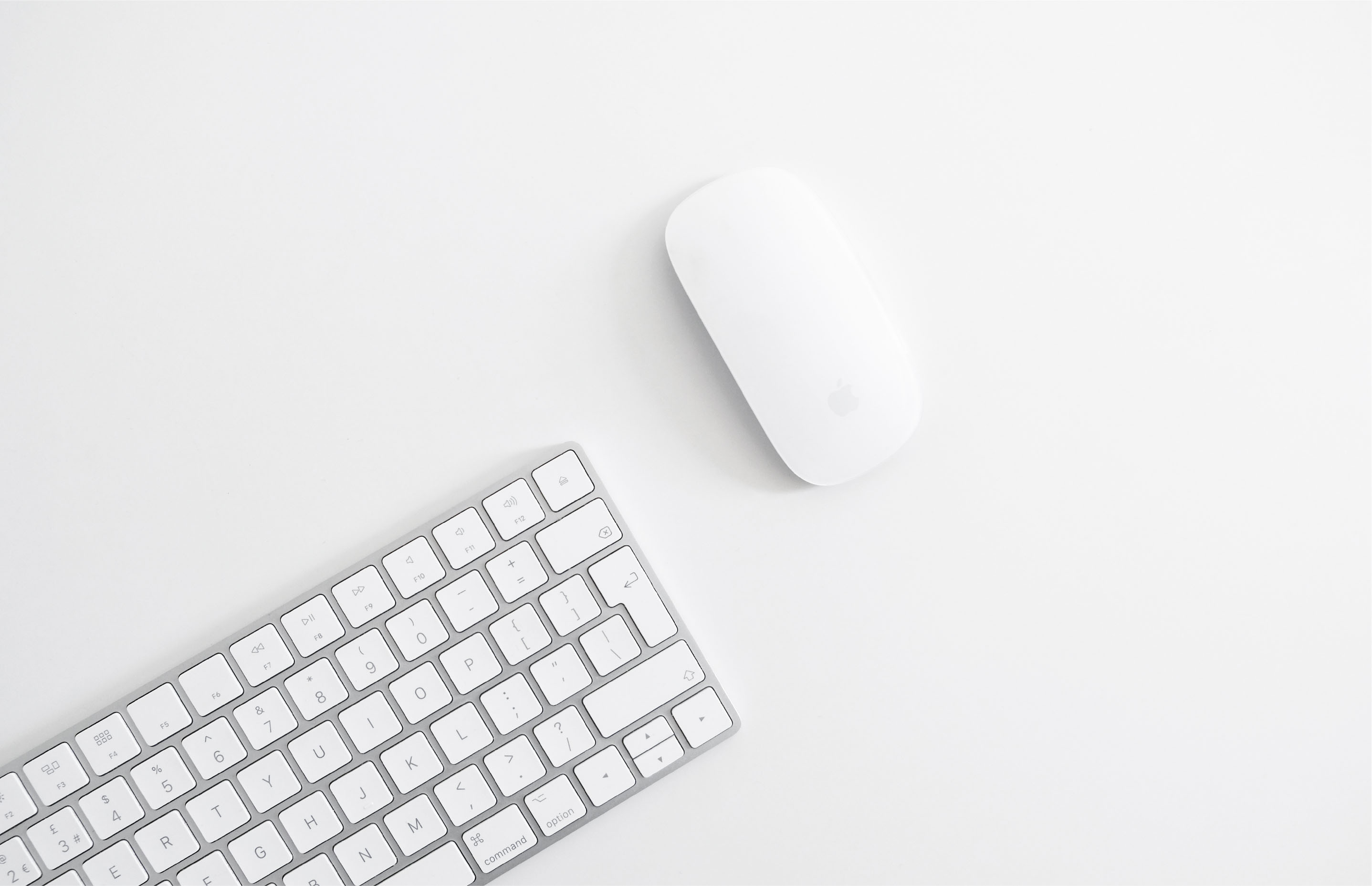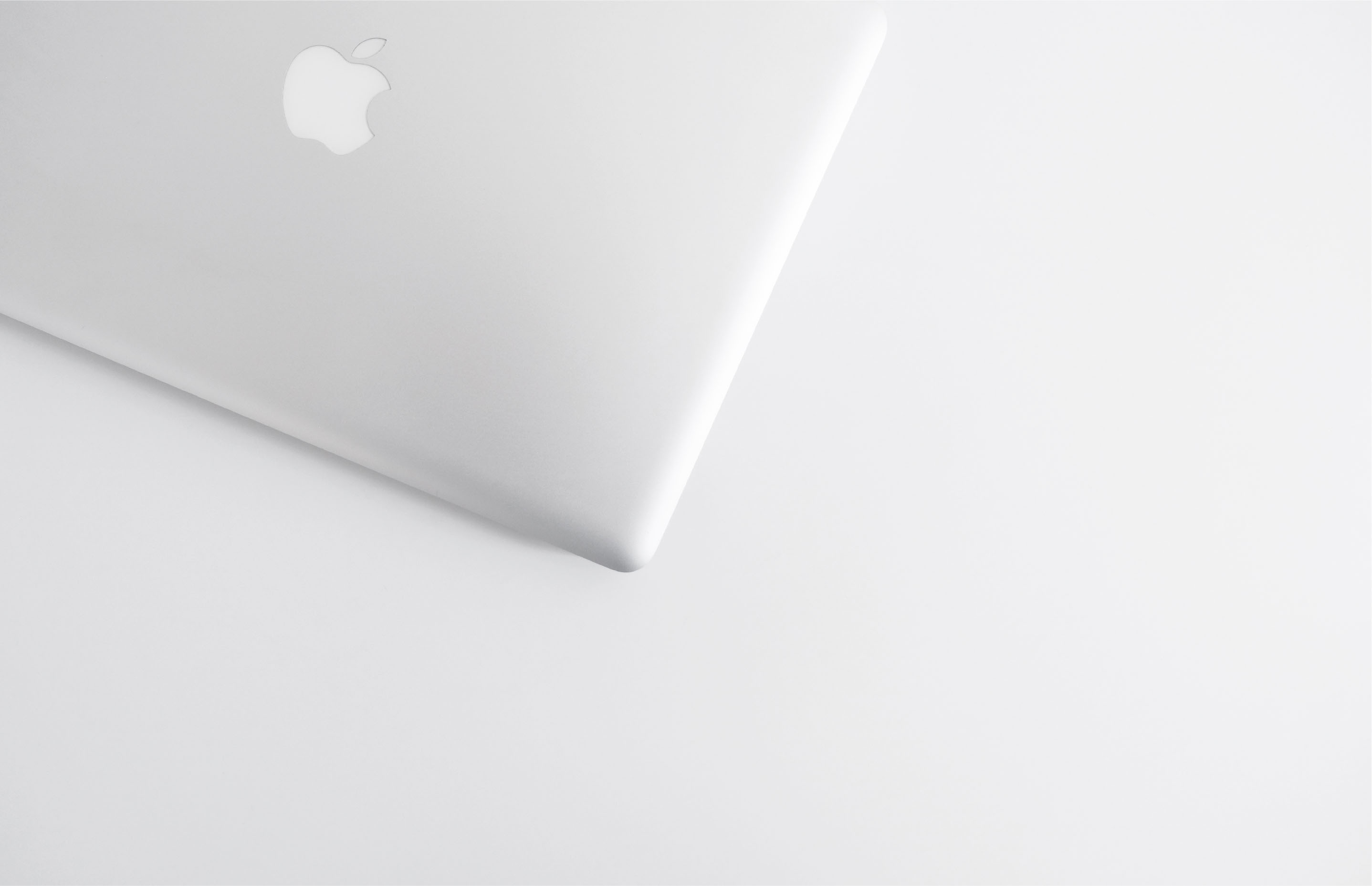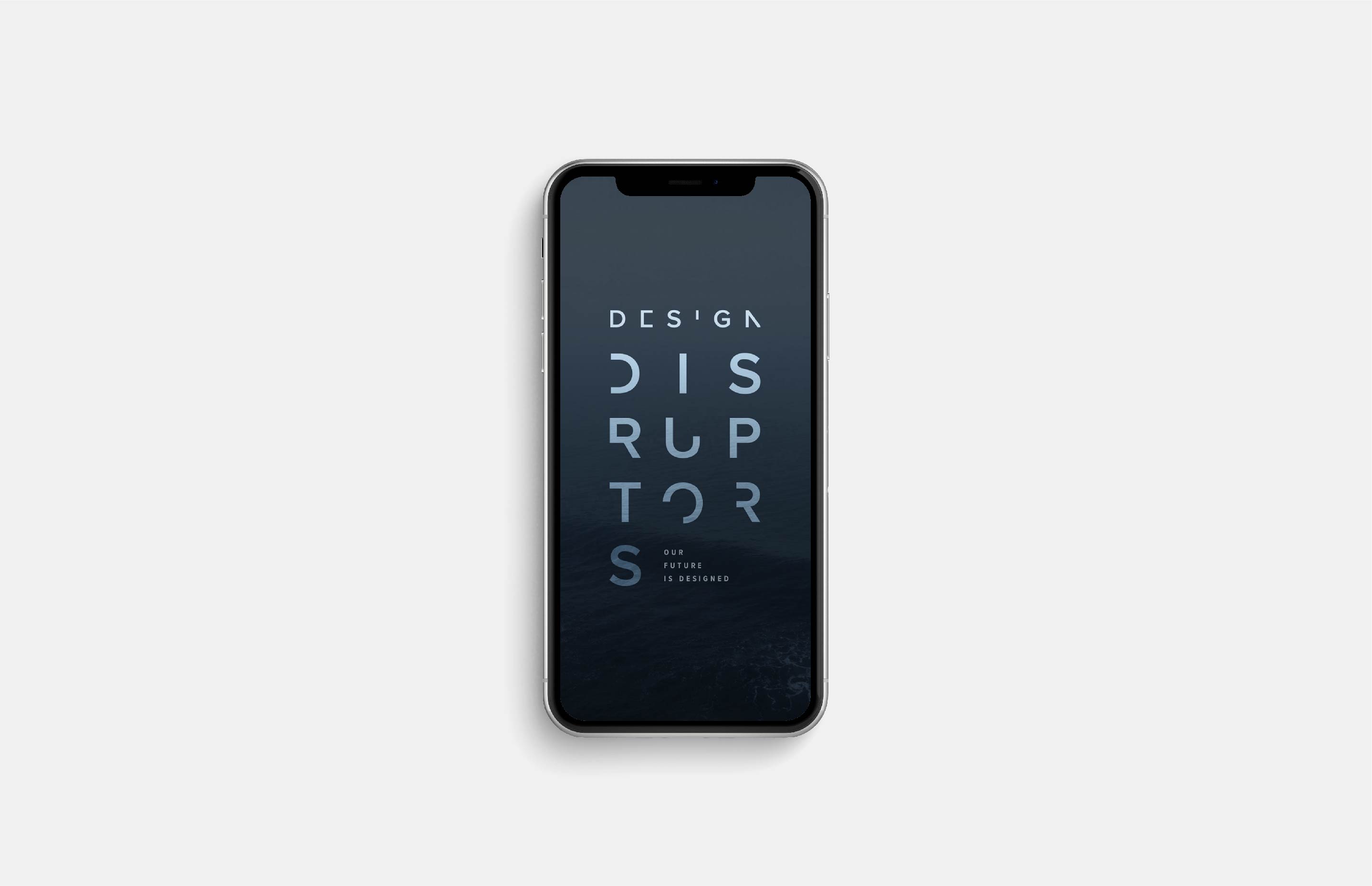Inclusive design & universal design principles

Inclusive design & universal design principles
While it’s impossible to design something that fully satisfies 100% of users, we should always aim for it and make our designs as inclusive as possible. Because by considering a diverse spectrum of users — such as people with disabilities, those less familiar with technology, or individuals who don’t fit into the binary world most of us are used to — we can greatly improve our products’ usability, accessibility, and profitability, and deliver a more universally positive user experience.
“When we design for inclusion, we create better experiences for all users.”
While inclusive design isn’t about creating one solution for everyone but rather about accommodating different users, different abilities, different needs, and different situations — even for the very edge cases — we should, whether designing an app, a website, or a physical product, always be asking:
Can our users easily use it? What about people who are colorblind? Or those who have a slow internet connection? And what about a person with limited mobility? Or someone with allergies? What about people who rely entirely on keyboard navigation? Or a person who does not understand this language? Or people in environments with poor lighting?
Designing for edge cases always has a positive impact — improving the experience for just one such user will benefit all of them. For example, adding video captions won’t be helpful only to the deaf, but also to people watching in noisy environments.
“Inclusive design isn’t just a matter of social responsibility — it’s also a smart business strategy.”
And so, designing inclusively isn’t just a matter of social responsibility — it’s also a smart business strategy. With it, we can tap into underserved markets, reach a much broader audience, have more innovative breakthroughs, serve users more effectively, reduce the need for future redesigns, and save time and money.
So, let’s keep asking questions, evaluating our designs, and applying inclusive design’s Universal Design Principles. Because when we question how user-friendly our work is, we can shift our products from good to great — and then to even better.
UNIVERSAL DESIGN PRINCIPLES
● 1. Equitable use — The design should be usable by people with diverse abilities and provide the same means of use for all users without segregating or stigmatizing any group. For example, a website with a clean, minimal interface benefits both power users and those with cognitive disabilities.
● 2. Flexibility in use — The design should accommodate a wide range of individual preferences and abilities. This could mean offering multiple ways to interact with a product, like voice commands, touch controls, or keyboard shortcuts, ensuring that users can choose the method that works best for them.
● 3. Simple and intuitive use — The product should be easy to understand, regardless of the user’s experience, knowledge, or language skills. Clear navigation, consistent design patterns, and straightforward instructions help users engage without confusion or frustration.
● 4. Perceptible information — The design should communicate essential information effectively to the user, regardless of ambient conditions or the user’s sensory abilities. Think of high-contrast text, captions for videos, and visual cues paired with audio alerts to ensure that no information is missed.
● 5. Tolerance for error — Products should minimize the chance of error and provide ways to recover from mistakes. Undo options, clear warnings, and confirmations help users avoid critical errors and provide a safety net when something goes wrong.
● 6. Low physical effort — The design should be efficient and comfortable to use with minimal physical exertion. Features like infinite scrolling, reduced-click actions, or voice activation reduce strain and ensure that the product can be used over extended periods without fatigue.
● 7. Size and space for approach and use — The product should provide enough space for interaction, regardless of a user’s body size, posture, or mobility. This principle can apply to designing buttons that are large enough for users with limited dexterity or ensuring interfaces are accessible for individuals using assistive technologies.
-
How to build a great digital product
Having an excellent idea, wanting to disrupt the status quo, and aspiring to become a household name might be solid enough reasons to keep us motivated every day. Yet to build a digital product — to build a great digital product — also requires perseverance and hard work. A lot of it if you don't work smart.
-
Life is too beautiful for ugly design experience
Great design is invisible, they say. Great design should not make you think, they added. Why? Because the ultimate goal of a great design experience is to make you feel nothing less than delighted.
-
First principles thinking, innovation & design
Innovation entails pushing boundaries, exploring the undiscovered, and bettering the status quo. We wouldn't survive, evolve or thrive without this innate urge to constantly seek something better nor without our ability to adapt to new situations.
-
Business, design & mindset mentoring
Hi, I'm Bara. I'm a digital product & brand designer using holistic design and psychology to help startups, businesses, and entrepreneurs manifest the full potential of their businesses and successfully grow them. You may already be familiar with my design & psychology work. And you may now book business, design, and mindset mentoring with me!
-
Inclusive design & universal design principles
It's impossible to design for 100% of users. That said, we need to advocate for more inclusive design. All designers should always consider the diverse spectrum of users. Imagine people with disabilities, people who aren't as tech-savvy as us, or those who don't fall into the binary world that we're so used to. Being mindful of them will help us create a better user experience across the board.
-
Optimizing designers’ inspiration, ideation & creation process
Aren't we, designers — and, in fact, all creative minds — rather good at seeking inspiration? We scroll through our favorite visual blogs, flip through pages of that well-thumbed book, or stroll through design stores. Over time, we learn where and how to look each time we want to find a state of inspiration and design something new.
-
Brand Storytelling: How to run a successful & well-loved business
With so much white noise in the media ecosystem, how can we make our brand stand out? Should we focus on the brand's tone of voice, perfect the customer experience, or better the brand storytelling? Or should we perhaps only concentrate on engaging with our audience?
-
Design Disruptors: How Design Became the New Language of Business
Design Disruptors: How Design Became the New Language of Business reveals a never-seen-before perspective on design approaches of the world's most innovative companies that shake — intentionally or not — billion-dollar industries.
-
Importance of innovation, designers & fundamental design principles
As designers and problem-solvers, we are accountable for the ever-increasing importance of design and innovation — and for the role it plays in today's life and society. We think. We always tinker. And we're often developing new concepts. It's our responsibility to make each design solution user-friendly, aesthetically appealing, and, first and foremost, the best it can be. And when doing so, we're often guided by numerous design principles, techniques, and methodologies.







